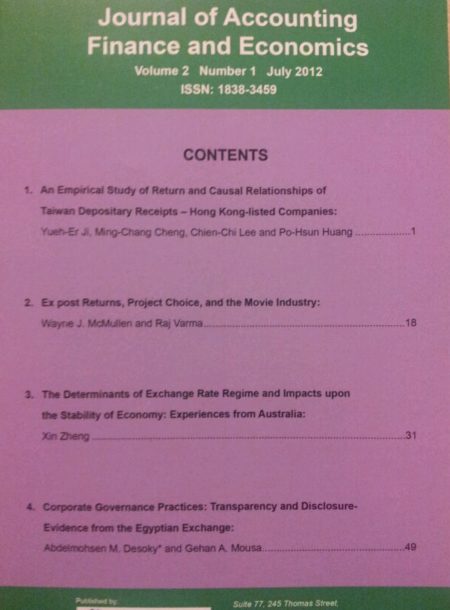Journal of Accounting, Finance and Economics
Vol. 7. No. 1., September 2017, Pages: 72 – 85
Foreign Aid and Female Education: The Case of Bangladesh
Sakib Bin Amin and Maaesha Nazmul
In a developing country like Bangladesh, which is one of the most promising emerging economies, it is absolutely crucial that investment is being made in order to groom the labor force of tomorrow. Achieving universal primary education is the second United Nations Millennium Development Goals (MDG). However, research reveal that the enrolment rate in education for both male and female will lead one to believe that Bangladesh is far behind its contemporaries. This is why the trend of the percentage of foreign education going into the education sector in Bangladesh can be concerning. Foreign aid to education for females can change their lives and the long run benefits will bring fruition to the economy. This paper discusses the trends of female education over 26 years seen in Bangladesh. With the help of Augmented Dickey Fuller (ADF) and Phillips-Perron (PP), Co-integration and Granger Casualty test, a robust effect of foreign aid on the female education of Bangladesh has been determined.

